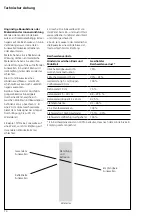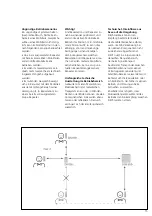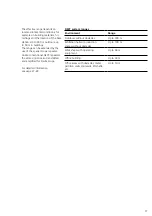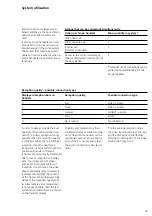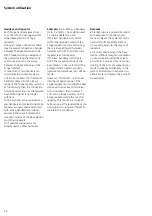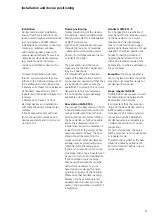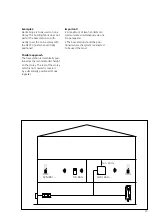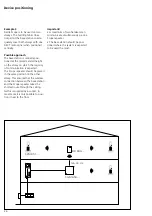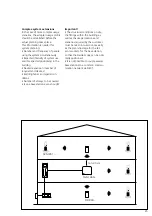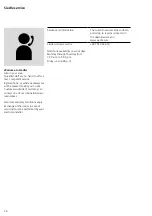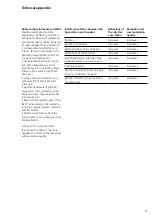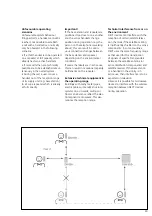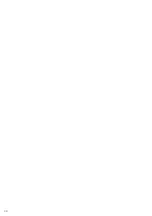
28
Unfavourable building fabric or
interior decoration materials
Walls or other obstacles always have
a material-dependant negative effect
on the range of wireless connections
as they partially reflect or absorb
their radio waves.
Metals have a reflective effect,
dense non-metallic materials have
an absorbent effect on the incident
radio waves.
In both cases, the
reception behind obstacle is worse.
The type and construction of an
obstacle (solid or multi-layered con
-
struction) can also have a negative
effect.
In addition, the penetration angle
of the radio signal through a wall,
which may be located between the
handset and the base station, must
be taken into account (e.g. 20 cm
thick storey ceiling offers the radio
signal up to 70 cm resistance in the
event of oblique penetration).
•
Example: If a radio wave hits a wall
then the reception on the other side
of the wall is always worse.
Loss of range
Obstacle between the base sta-
tion and handset
Estimated loss of range *
Normal prefabricated house wall
with timber frame construction
75%
Single timber wall 15 cm
90% - 97%
Insulated (each 5 cm) solid timber
double wall 30 cm
100%
Concrete wall 10 cm
75 %
Concrete wall 25 – 30 cm
88 – 97,5 %
Concrete wall (double) 2 x 20 cm
97,5 %
Reinforced concrete ceiling
91 – 96 %
From 2 reinforced concrete ceilings
100%
Steel wall with wire glass window
75,5% - 90%
Completely continuous steel walls
100%
*
A loss of range of 100% means there is no reception behind the obstacle.
Technical appendix
Obstacle
Reflected
radio waves
Transmitted
radio waves
Attenuation
and
reflection
Receivable
radio waves
•
Cause: The radio wave is partially
reflected and/or absorbed by the
wall during entry and exit, and
thereby weakened.
•
Summary: The more solid or
metallic the construction of an
obstacle, the weaker the reception.

